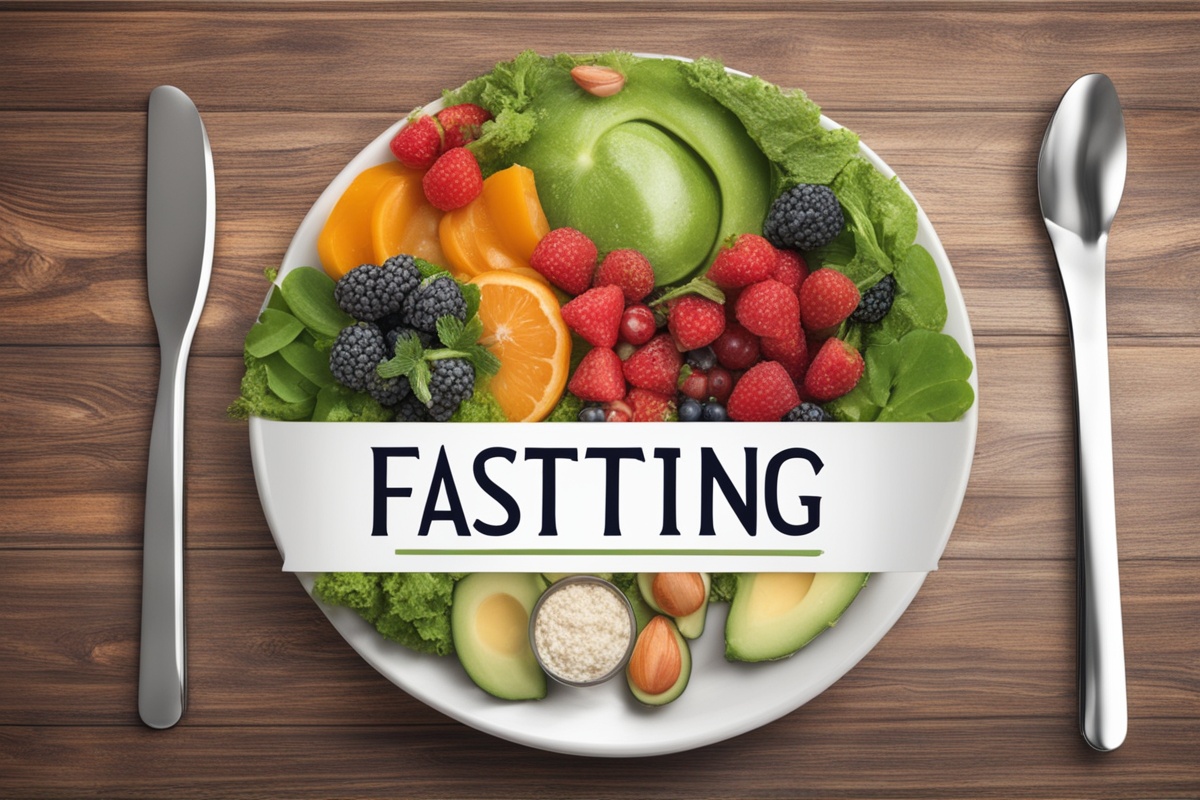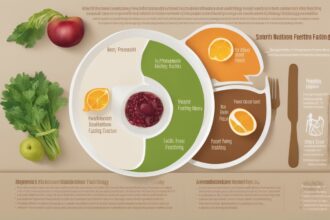breaking a fast can be just as important as the fasting process itself, yet it’s often overlooked. Whether you’ve been practicing intermittent fasting, extended water fasting, or a religious fast, how you reintroduce food to your body—known as refeeding—can make or break your health goals. Poor refeeding strategies can lead to digestive distress, energy crashes, or even serious medical issues like refeeding syndrome. In this post, we’ll dive deep into safe and effective refeeding strategies to help you transition back to regular eating with ease. Let’s explore the science, practical tips, and common pitfalls to ensure your body gets the nourishment it needs without the discomfort.
What Is Refeeding and Why Does It Matter?
Refeeding is the process of reintroducing food after a period of fasting or severe calorie restriction. When you fast, your body shifts into a state of conservation—metabolism slows, digestive processes take a backseat, and nutrient stores are tapped for energy. Suddenly flooding your system with food can overwhelm it, leading to bloating, nausea, or more severe complications. This is especially true for prolonged fasts, where the risk of refeeding syndrome—a dangerous electrolyte imbalance—becomes a concern. Proper refeeding strategies ensure your body readjusts gradually, restoring energy and nutrients without shocking your system. It’s not just about eating; it’s about eating smartly to support recovery and long-term health.
Understanding the Science Behind Refeeding
During fasting, your body undergoes significant physiological changes. Insulin levels drop, fat stores are burned for fuel, and electrolyte balances shift as your body prioritizes survival over digestion. When you start eating again, insulin spikes, and your cells rapidly uptake nutrients like glucose, potassium, and magnesium. Without careful refeeding strategies, this sudden shift can deplete critical electrolytes, leading to symptoms like fatigue, muscle cramps, or even heart irregularities in extreme cases. Studies, such as those published in the Journal of Clinical Nutrition, emphasize the importance of gradual reintroduction of calories and specific nutrients to prevent these risks. Understanding this science helps tailor a refeeding plan that aligns with your body’s needs.
Key Principles of Safe Refeeding Strategies
Refeeding isn’t a one-size-fits-all process. The length of your fast, your overall health, and your goals all play a role in crafting the right approach. However, there are some universal principles to guide you through a safe transition. These refeeding tips prioritize your body’s recovery while minimizing discomfort. Here are some core ideas to keep in mind before diving into specific foods or meal plans.
- Start Small: Begin with tiny portions to avoid overwhelming your digestive system. Think broths or small servings of easily digestible foods.
- Go Slow: Gradually increase calorie intake over days, not hours, especially after extended fasts of 3+ days.
- Hydrate First: Replenish fluids and electrolytes before solid foods to support cellular recovery.
- Prioritize Nutrients: Focus on foods rich in potassium, magnesium, and phosphorus to balance electrolytes.
- Listen to Your Body: Pay attention to signs of discomfort and adjust your pace accordingly.
Best Foods for Refeeding After a Fast
Choosing the right foods is a cornerstone of effective refeeding strategies. After a fast, your digestive system is sensitive, so heavy, processed, or high-sugar meals can cause more harm than good. Instead, opt for gentle, nutrient-dense options that ease your body back into regular eating. The goal is to provide energy without taxing your gut. Below are some top food choices to include in your post-fast nutrition plan, tailored to different fasting durations.
- Bone Broth: Rich in minerals and easy to digest, it’s an ideal first food after any fast.
- Cooked Vegetables: Steamed zucchini or carrots provide fiber and nutrients without being too heavy.
- Small Fruit Portions: A few slices of watermelon or banana offer natural sugars and potassium for electrolyte balance.
- Plain Yogurt: Probiotics in yogurt support gut health, especially after longer fasts.
Refeeding Strategies for Different Types of Fasts
Not all fasts are created equal, and neither are the refeeding approaches. A 16:8 intermittent fast requires a different strategy than a 5-day water fast. For shorter fasts (under 24 hours), you can often resume normal eating with lighter meals. However, for extended fasts, a phased approach is critical to avoid complications. After a 3-5 day fast, start with liquids like broth or juice for the first 12-24 hours, then introduce soft foods. For fasts longer than a week, medical supervision is recommended, and refeeding may span several days with carefully monitored calorie increases. Tailoring your refeeding plan to the fast’s duration ensures safety and maximizes benefits like improved insulin sensitivity or weight management.
Common Mistakes to Avoid During Refeeding
Even with the best intentions, refeeding can go wrong if you’re not mindful. Many people, eager to eat after a fast, dive into large meals or unhealthy foods, undoing the benefits of their efforts. One common mistake is overeating too soon, which can cause gastrointestinal distress or rapid blood sugar spikes. Another is ignoring hydration—without proper fluids, your body struggles to process nutrients. Avoiding caffeine and alcohol initially is also key, as they can dehydrate or irritate your gut. By steering clear of these pitfalls and sticking to proven refeeding strategies, you’ll protect your health and maintain the positive effects of fasting, such as mental clarity and reduced inflammation.
As we wrap up, remember that refeeding is a vital part of any fasting journey. It’s not just about ending the fast—it’s about setting the stage for sustained energy, better digestion, and overall wellness. By applying these refeeding strategies, from starting with small, nutrient-rich meals to pacing your calorie intake, you can avoid the risks and reap the rewards of fasting. Whether you’re a beginner or a seasoned faster, take the time to plan your post-fast nutrition. Your body will thank you for the care. Have a personal refeeding tip or experience? Drop it in the comments—we’d love to hear how you transition back to eating after a fast!






